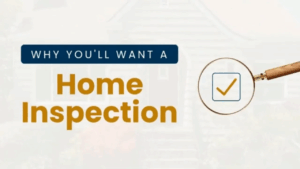Can I Cancel PMI If My Home Value Increases? How to Get Rid of It

Can I cancel PMI if my home value increases? Yes, with increased equity, you can drop private mortgage insurance earlier if conditions are met.
When you bought a house with less than a 20% down payment, your mortgage lender tacked on the extra cost of private mortgage insurance (PMI) as a standard precaution. But you’re confident that your house is worth more today than when you purchased it, leading you to wonder: “Can I cancel PMI if my home value increases? When does PMI go away?”
Whether your individual mortgage qualifies for PMI removal will depend on factors like the amount you still owe on the loan and your payment history.
Many homeowners have seen their equity grow over time as home values continue to rise. With housing inventory often remaining tight, property values tend to increase, leaving many homeowners with mortgages sitting on significant equity. It’s always a good idea to check if you qualify for PMI cancellation as you build your home equity.
A higher equity stake in your home can lower the perceived risk of your mortgage and, in some cases, speed up the path to PMI removal. And because PMI can add tens of thousands of dollars in housing costs over the life of a loan, it’s important to consider taking steps to remove PMI as soon as you’re eligible.
Let’s take a look at how PMI works, and your options for cancellation.
What is PMI?
PMI is a type of mortgage insurance that protects the lender if a borrower stops making payments. It’s usually required when you obtain a conventional mortgage and make a down payment of less than 20%. (The term “conventional” refers to a loan that’s not part of a government program).
If — for any reason — you’re unable to keep up with your mortgage payments and the property goes into foreclosure, PMI will help to cover the lender against losses.
Most homeowners who carry PMI have borrower-paid private mortgage insurance, which they pay as an additional monthly fee with their mortgage.
According to the National Association of Realtors’ 2024 Profile of Home Buyers and Sellers, the typical down payment for first-time home buyers was 9% — the highest share since 1997. For repeat buyers, the median downpayment was 23%.
In other words, you’re not alone in paying PMI. It’s incredibly common. Sometimes paying PMI as an extra monthly charge is well worth the ability to buy a home before you can afford 20% down.
PMI usually costs between 0.2% and 2% of the yearly loan amount, though it can be higher or lower depending on your loan-to-value ratio.



